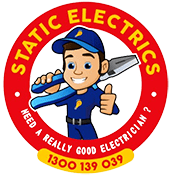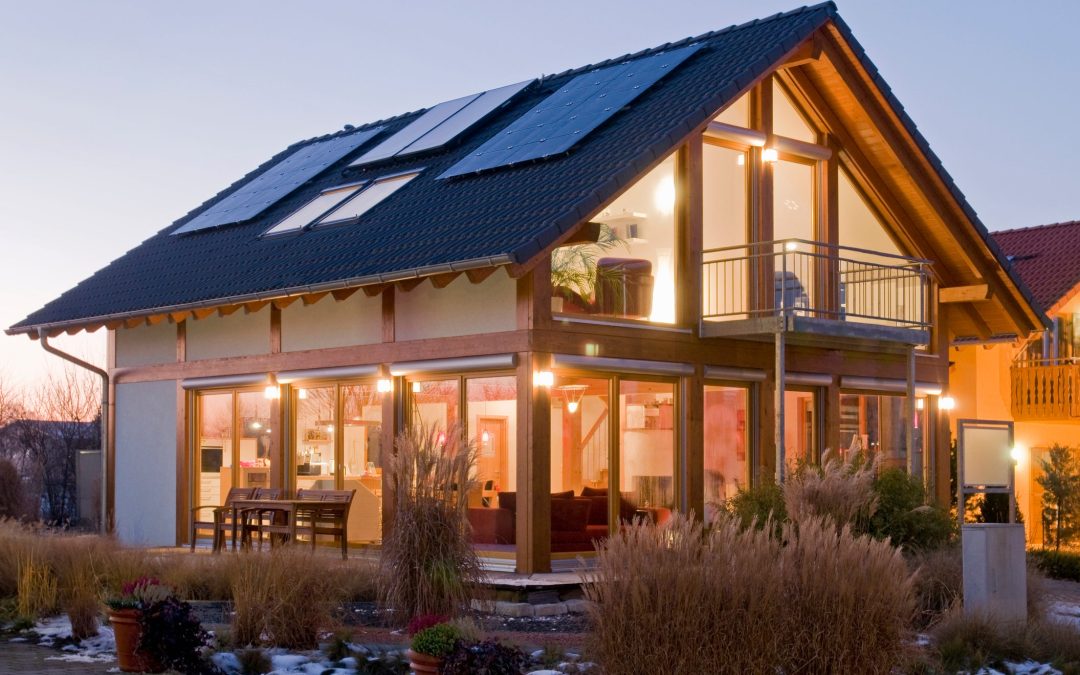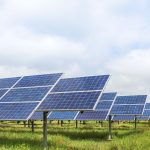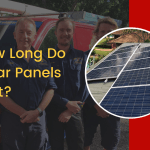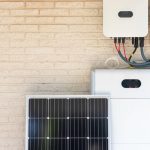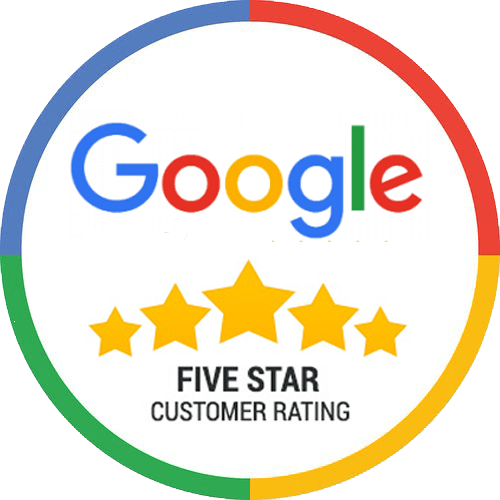Buying a home with solar panels can feel like a jackpot – or an intimidating puzzle. Maybe you’re thrilled to find a place with green energy already up and running – but perhaps you’re wary of the unknowns lurking in those shiny panels that you know absolutely nothing about. Either way, it’s a big deal – especially with solar already on over 4 million Aussie roofs, with Queensland a particular hotspot. So as you try to get your head around it all, and whether:
- You’re buying a house with solar panels
- You’ve just moved in
- Or you’re weighing up the idea…
We’ve put together everything you need to know. From costs to questions for the agent, here’s a full rundown to cut through the confusion and the noise, tailored for Australia and Queensland’s surging solar scene.
Why solar panels matter when buying a home
Solar’s a game-changer, helping you slash bills and boosting value – with Domain reporting that house prices typically get a 5-10% bump all because of solar. But what exactly are you getting for your money? It’s important to realise that solar isn’t just plug-and-play, because:
- Systems age
- Warranties vary
- Maintenance isn’t free.
For buyers, houses with solar panels promise savings – but without the right info, you’re just guessing. Sellers might oversell, or you might inherit a dud. And how do you even know ahead of time? We’ve put all the ‘must-knows’ into one guide so you’re not left in the dark.
What you need to know about a house with solar panels
So, with data backed by the Clean Energy Council, Energy Queensland, the Australian Renewable Energy Agency and more, this guide is for anyone buying a house with solar panels already installed. What on earth do you need to know and ask?:
1. System age & condition
Solar panels last 20-25 years, inverters last 10-15. But wear shows up long before that, leading to faded output, cracked cells and more.
ASK:
- ‘How old is the system?’
- Also ask about any repairs.
In Brisbane and beyond, there might still be plenty of life in 10-year-old panels – but a 15-year-old inverter could need a $2,000-$5,000 upgrade.
Also check install dates on paperwork or inverter labels, because older systems are riskier systems.
BE AWARE: One of our clients recently bought a home with a 2008 solar setup – and most of the panels turned out to be duds.
2. Brand & warranty
Top solar brands like Jinko, Longi, or SMA typically offer 10-25 years of solar panel warranties. But cheaper no-name imports are unlikely to be so generous.
ASK:
- ‘What’s the brand?’
- ‘Are the warranty docs available?’
Without papers, your warranty could even be void, as they sometimes won’t transfer without evidence.
BE AWARE: Someone else we know bought a home with a ‘premium’ solar system – and it turned out to be an ultra-budget gear with a 5-year warranty limit. Buyer beware!
3. Output & size
Size (e.g., 6.6kW) means savings, so be aware that 5-7kW suits most Brisbane homes.
ASK:
- ‘What’s the kilowatt rating?’
- ‘Can I see the most recent output logs.
Remember, low output – let’s say 2kW from a 5kW system – could mean shading, or it could mean a fault.
BE AWARE: We checked a Moreton Bay setup a while back and the system was down to 50% efficiency – purely because of over-grown nearby trees.
4. Inspection before buying
A CEC-accredited solar electrician’s check will spot solar panel issues like:
- Cracked panels
- Loose wiring
- Inverter faults & more.
Worth the minor expense? Absolutely – because a post-sale $10k fix is a lot, a lot more!
ASK:
- ‘Can I have it inspected before I commit?’
BE AWARE: A client on the Sunshine Coast skipped the pre-sale inspection, moved in, and was instantly slapped with a $3000 bill for a fried inverter.
5. Feed-in tariff rates
Did you know you can sell your excess power? Queensland’s rate is 6-10c/kWh, but a pre-2012 system could have locked in a 44c rate.
ASK:
- ‘What’s the tariff?’
- ‘Is that rate fully transferrable?’
BE AWARE: An old tariff, perhaps touted on the real estate ad, might actually have lapsed, especially if it needs to be reassigned to you. Check with the retailer, because there are plenty of tasty and not-so-tasty tariff rates around the state these days.
6. Accounts & providers
For your solar, you’ll need a retailer (AGL, Origin, and others) for the billing and the feed-in credits. Most Queensland setups have smart meters already, as they were mandatory since 2014. But pre-2014 installs might still have old analog meters, which might need an upgrade.
ASK:
- ‘Who’s the provider?’
- ‘What’s the meter type?’
BE AWARE: These days, a smart meter is pretty much standard, but we’ve seen a 2012 install recently with a clunky old meter, and getting the new one installed when it was necessary took weeks.
7. Maintenance costs
You probably need to budget for:
- $100-$200 yearly for cleaning
- Solar repairs between $500-$1,000 for faults.
ASK:
- ‘Can I see the service history?’
- ‘Was it professionally cleaned recently?’
BE AWARE: A neglected system means multiple percentage points of lost efficiency, with dusty/grimy Brisbane panels something we see almost every day.
8. Roof condition
Panels need a solid roof, because leaks or reroofing could see you burdened with a massive bill.
ASK:
- ‘How old’s the roof?’
BE AWARE: We were on a 30-year-old roof installed with 3-year-old panels recently – and the roof was in horrible shape!
9. Paperwork & compliance
CEC approval, council permits, and grid connection docs are all must-haves. Not having them isn’t just a hassle – it could mean fines or even disconnection!
ASK:
- ‘Can I see the install certificate?’
BE AWARE: We heard about a house sale that actually fell through because of lost solar documentation alone – and it was a true legal nightmare.
10. Insurance implications
Be aware that a solar setup adds $5,000-$15,000 to your replacement values, in the eyes of your insurer. So when those Brisbane storms start wreaking havoc again, you could find yourself grossly underinsured.
ASK:
- ‘Is the house insurance updated for solar?’
BE AWARE: We’ve heard horror stories of a Queensland home smashed by hail and wind, the insurance claim was filed, and the solar-related underinsurance left the owner $8k out of pocket.
Next steps after buying
So, you’re also asking ‘I bought a house with solar panels – now what?’:
- Test it, looking for green (good!) inverter lights
- Monitor the output, usually via an app
- Consider switching retailers, which can take several days
- Book a professional clean.
Why it’s worth knowing more
A house with solar panels can save you THOUSANDS per year, while cutting carbon by 4-5 tonnes per system – which is a lot! But the unknowns we’ve tried to describe can easily mean the perks flip to pain. Asking, and knowing, before buying a house with solar panels can really save you a lot of trouble.
Call Static Electrics for solar expertise
Got a solar home? Considering one? Static Electrics, serving Brisbane and the Sunshine Coast and beyond with our friendly, CEC-approved solar electricians, can inspect, repair, clean, maintain or even explain your system! Reach out today – we’re only around the corner.
